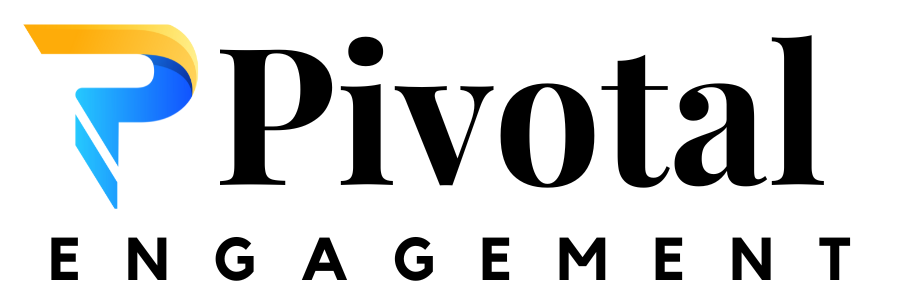Using AI to Write Content: A Guide to Creating High-Quality Posts
Introduction
Artificial Intelligence (AI) is revolutionizing content creation, making it easier for businesses and individuals to generate high-quality blog posts efficiently. However, while AI can assist in drafting and structuring content, a successful blog post requires a strategic approach to ensure it delivers value and establishes industry expertise.
The Role of AI in Content Writing
AI-powered tools can assist in several aspects of blog writing, including:
-
Topic Research: Identifying trending and relevant topics in your industry.
-
Keyword Optimization: Enhancing search engine visibility through strategic keyword placement.
-
Drafting and Structuring: Generating an initial draft with coherent flow and logical structure.
-
Grammar and Style Improvements: Enhancing readability and professionalism.
-
Content Personalization: Tailoring messaging based on audience preferences.
However, AI should be used as a complement rather than a replacement for human creativity, ensuring content remains engaging, insightful, and authentic.
What Goes into a Blog Post?
To create a compelling blog post, certain key elements must be included:
1. A Captivating Headline
The headline should be clear, intriguing, and include relevant keywords to attract readers and improve SEO.
2. A Strong Introduction
An engaging introduction should:
-
Clearly state the topic.
-
Explain why it’s relevant to the audience.
-
Provide a brief preview of the key takeaways.
3. Valuable and Industry-Specific Content
Your blog should provide readers with actionable insights. Effective content should:
-
Address industry pain points.
-
Offer expert knowledge or unique perspectives.
-
Include real-world examples, case studies, or data to support claims.
4. SEO Optimization
To improve visibility, incorporate:
-
Primary and secondary keywords naturally within the content.
-
Meta descriptions that summarize the post concisely.
-
Internal and external links to provide additional value and improve site authority.
5. Clear Formatting and Readability
Well-structured content enhances user experience. Best practices include:
-
Using headings and subheadings for easy navigation.
-
Incorporating bullet points and numbered lists for clarity.
-
Keeping paragraphs concise and engaging.
6. A Strong Conclusion with a Call-to-Action (CTA)
Wrap up the post by:
-
Summarizing key insights.
-
Encouraging discussion or further engagement.
-
Providing a call-to-action, such as subscribing, contacting, or exploring related content.
Conclusion
AI is a powerful tool that enhances content creation, but effective blog writing requires a balance of AI efficiency and human expertise. By focusing on delivering valuable, industry-specific insights, businesses can establish themselves as authoritative voices in their fields while providing readers with meaningful takeaways. Embrace AI as an assistant, but ensure that creativity, authenticity, and expertise remain at the heart of your content strategy.



